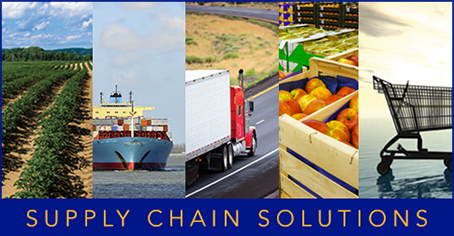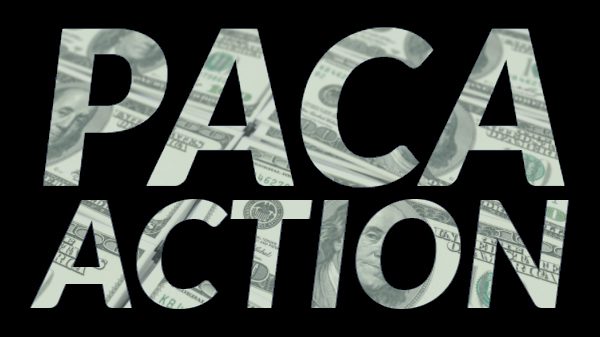Welcome to Blue Book!
Are you ready to join the thousands of companies who rely on Blue Book to drive smarter decisions? View our plans and get started today!
Still have questions? We’d love to show you what Blue Book can do for you. Drop us a line– we’ve been waiting for you.

In addition, consumers can be fickle: fresh produce purchasing patterns can change quickly based on culinary trends or the introduction of a new diet. And, retailers instigate short-term demand spikes with promotional activities. If the upstream suppliers are not given advance notification of the promotional plan, they may not have sufficient product to meet demand. balancing inventory
The inability to understand and serve customer demand is the worst-case scenario, according to Joe Watson, vice president of domestic business development for the Produce Marketing Association and a 32-year grocery professional with Rouses Markets, a chain with stores in Louisiana, Alabama, and Mississippi.
“When you don’t have enough inventory, you lose sales you can never get back,” Watson states. “It’s even worse if it’s an item that’s on promotion, because you’ve got customers looking for that product. Now you can’t meet their needs.”
Excess inventory is also problematic. Both Fernandez and Watson cite the “cost implications of expiring unsold produce. Being slightly understocked can reduce that shrink, notes Dr. Glenn Richey, Eminent Scholar of Supply Chain Management at Auburn University.
Avoiding overstock scenarios also reduces inventory carrying costs and minimizes the opportunity costs for other products that could have used that field, warehouse, and transportation capacity.
Although supply-demand balancing and forecasting will never be perfect, produce professionals continue to pursue improvement by understanding the challenges and adopting supply chain strategies to minimize inventory overage or shortage risks.
Proactive Strategies
The best way to avoid supply-demand imbalances is to practice risk avoidance. Produce companies should first identify their high frequency and preventable inventory overage or shortage risks. Then, logical supply chain strategies should be initiated to prevent the risk from occurring in the first place. The latter, of course, is easier said than done.
A straightforward strategy involves cross-chain collaboration. Many problems can be avoided with ongoing communication between trading partners. Information about anticipated crop yields, product availability, and promotional activities should be shared and discussed. The more insight suppliers and buyers generate about these issues, the better.
“The key for partners is to communicate openly,” suggests Dr. Richey. “Be transparent about your needs and expectations. Develop joint forecasts that combine both economic trends and a bit of managerial intuition concerning the customer’s requirements.”
“There has to be transparency and retailers need to have great partnerships with their suppliers,” adds Watson. “Information sharing creates a clear understanding of volume requirements. When supplies get tight, you have a better chance of being covered with the product you need.”




